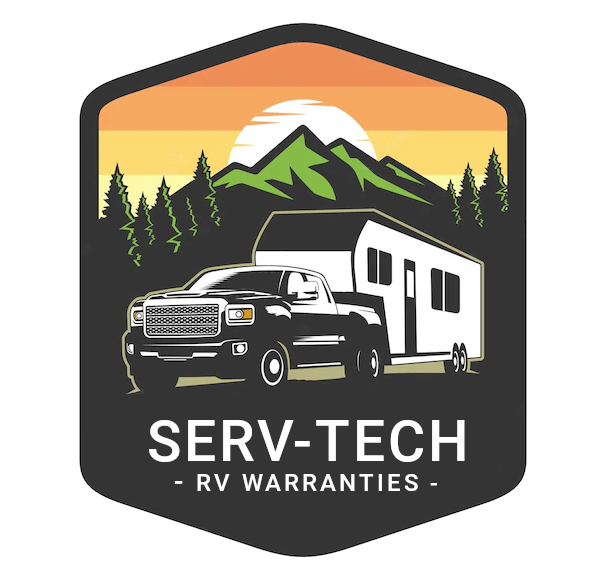Guide: The Comprehensive Guide to Automobile Coverage Options
Introduction
Welcome to our in-depth guide on automobile coverage options. Navigating the world of car insurance can be complex, but understanding your options is crucial for optimal protection and peace of mind. This guide is designed to simplify the process, providing you with a clear, concise, and informative overview of various coverage types, helping you make informed decisions about your automobile insurance.
Understanding Automobile Insurance: A Primer
What is Automobile Insurance?
Automobile insurance is a contract between you and an insurance company that protects you against financial loss in the event of an accident or theft. In exchange for paying a premium, the insurance company agrees to pay your losses as outlined in your policy.
Importance of Automobile Insurance
- Financial Protection: Covers potential costs from accidents.
- Legal Requirements: Most states require at least basic coverage.
- Peace of Mind: Reduces stress in case of unexpected incidents.
Types of Automobile Coverage
Liability Coverage
- Bodily Injury Liability: Covers costs related to injuries or death that you or another driver cause while driving your car.
- Property Damage Liability: Covers damage you cause to another person’s property.
Comprehensive Coverage
- Covers damage to your car from non-collision events like theft, fire, or natural disasters.
Collision Coverage
- Pays for damage to your car resulting from a collision with another vehicle or object.
Uninsured/Underinsured Motorist Coverage
- Provides protection if you’re involved in an accident with a driver who doesn’t have sufficient insurance.
Additional Options
- Personal Injury Protection (PIP): Covers medical expenses regardless of who’s at fault.
- Roadside Assistance: Offers help like towing or tire changing.
Choosing the Right Coverage for You
Assessing Your Needs
- Risk Factors: Consider your driving habits, environment, and vehicle type.
- Budget Constraints: Balance coverage needs with what you can afford.
Consulting with Professionals
- Seek advice from insurance agents or financial advisors to tailor a policy that fits your unique situation.
Saving on Automobile Insurance
Discounts and Deals
- Many insurers offer discounts for safe driving, multiple policies, and customer loyalty.
Regular Policy Reviews
- Periodically review your policy to ensure it still meets your needs, especially after major life changes.
Conclusion
Understanding and choosing the right automobile coverage options can be a daunting task, but it’s essential for any vehicle owner. By being informed about the different types of coverage and assessing your own needs, you can select a policy that provides the necessary protection without straining your budget.
